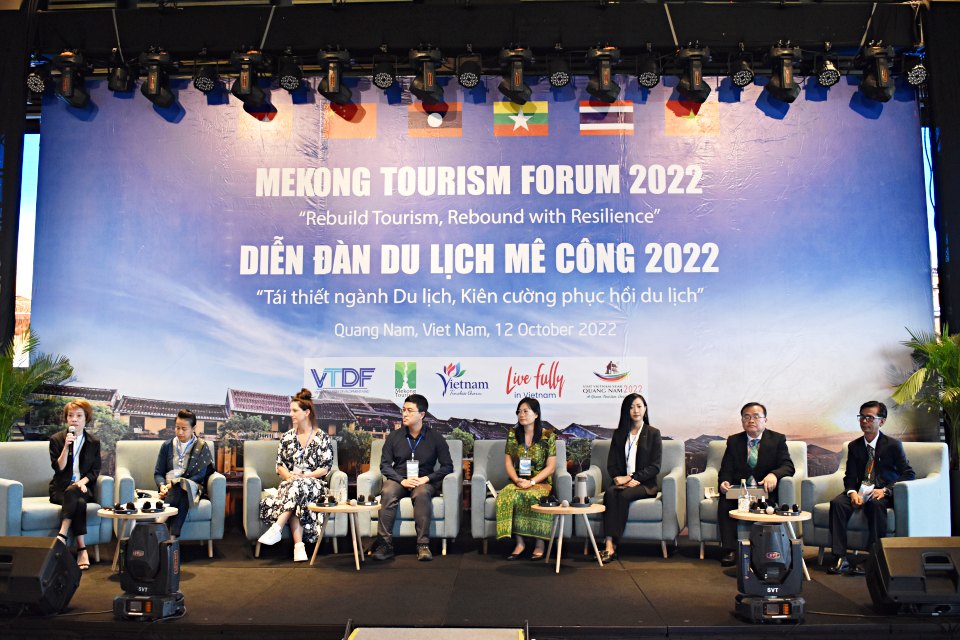DANANG – The post-pandemic regional tourism development strategy should focus on sustainability, high-quality infrastructure and environmental friendliness.
Sustainable tourism tied to local community development will be beneficial, according to Suvimol Thanasarakij, executive director of the Mekong Tourism Coordinating Office, at the Mekong Tourism Forum held on October 12.
The event discussed solutions to develop post-pandemic tourism in the Greater Mekong Subregion (GMS) under the theme titled “Rebuild tourism, rebound with resilience”.
The GMS includes Cambodia, Laos, Myanmar, Thailand, Vietnam and two southern Chinese provinces of Yunnan and Guangxi. It covers an area of 2.3 million square kilometers, with a population of some 350 million.
According to Thanasarakij, strengthening the resilience of travel activities helps regional economies avoid facing obstacles caused by rapid tourism growth, heavy dependence on a few markets and negative environmental impacts.
The approach requires a favorable mechanism to promote cooperation between governments, the media, businesses and the locals, Thanasarakij added.
It is important to demonstrate that sustainability in tourism helps to reduce costs, limit risks and promote green construction and energy efficiency, according to Wouter Schalken, a senior expert of the Asian Development Bank.
Nguyen Trung Khanh, chairman of the Vietnam National Administration of Tourism, suggested increasing support for small-sized enterprises and promoting equal employment opportunities in the tourism sector.
Khanh emphasized the need for training initiatives to enhance professionals’ competence, particularly in green development and sustainable growth.
In 2019, the GMS countries welcomed nearly 74 million international tourists, up 7% year-on-year, accounting for 15% of the total number of visitors in the Asia-Pacific region.
In the first half of this year, the region saw more than 3.2 million foreign visitors when many countries gradually re-opened and lifted travel restrictions.











